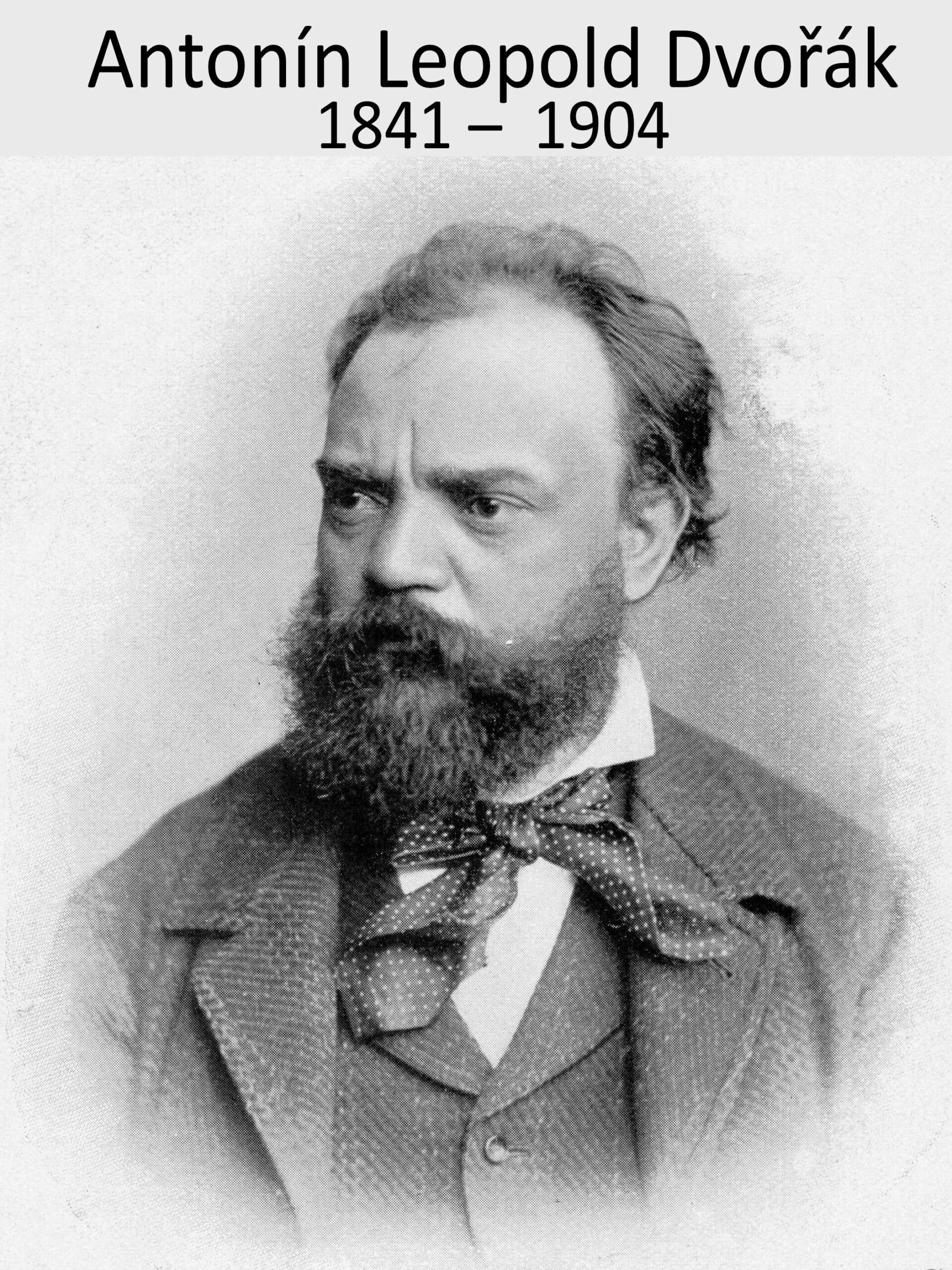Groovy Kind of Love, Phil Collins – Clementi Sonata in G
All By Myself, Eric Carmen – Rachmaninov Piano Concerto No. 2
I Can, Nas – Beethoven Fur Elise
Could It Be Magic, Barry Manilow – Chopin Prelude in C minor
I’m Always Chasing Rainbows, from “Ziegfield Girl” (Judy Garland) – Chopin Fantaisie-Impromptu
Goin’ Home, Spiritual Standard – Dvořák New World Symphony
In January 2020, as my SiriusXM free trial was expiring, I was listening to one of their Barbershop channels and heard a moving rendition of a familiar song. I thought, that’s one I’d like to do as a Toastmasters talk (and this is that talk). Having grown up with classical music, I recognized the beautiful melody from the New World Symphony written by Antonin Leopold Dvořák. Dvořák was a 19th century Czech composer who achieved worldwide recognition before the age of 40.

At the age of 50 he was offered a lucrative contract to be Director at the National Conservatory of Music in New York City, New York. Lucrative meaning $15,000 a year (that’s about $425,000 today) to work three hours a day, six days a week conducting and teaching women and black students, as well as white men, plus he got four months vacation each summer. He held the position for over 2 years.
He was captivated by Native American and African-American music and believed they should be used as a foundation for the growth of American music. In 1893 The New York Herald published this quote by him,
This was very controversial in the day. Angry critics labeled him a “negrophile” or called him a barbarian.
That same year Dvořák composed his Symphony No. 9 in E minor, also known as the “New World Symphony,” It was first performed in Carnegie Hall on December 15, 1893. The hall was crowded, and at the close of the 2nd movement, called the “Largo,” the audience was so moved that many had tears rolling down their cheeks.
William Arms Fisher, a student of Dvořák, later described the Largo as
Fisher adapted the Largo into a song adding words in the spiritual vernacular. It was published in 1922 as “Goin’ Home.”
“Goin’ Home” is a music standard and often played at funerals.
As with some of my previous talks, the initial concept of this presentation was to give some background and sing the song with simple accompaniment and pictures. However, the song developed into something much larger. The accompaniment became more complex. The pictures became composite images with 3D models and special effects. It became a music video.
Dvořák was very homesick while writing the “New World Symphony.” With Fisher’s adaptation and lyrics, the song became more about moving on to the afterlife. To keep that feel while avoiding specific religions I used symbols, such as generic monks, sacred geometry, the peacock as a symbol of heaven, the fog of uncertainty, tunnels going into the light, infinity, and the cosmos.
I really enjoyed using my music, artistic, and technical skills creating this video. My hope is that you enjoy it too.